Tagore’s life-long romance with Motichur sandesh – a Chandannagar speciality
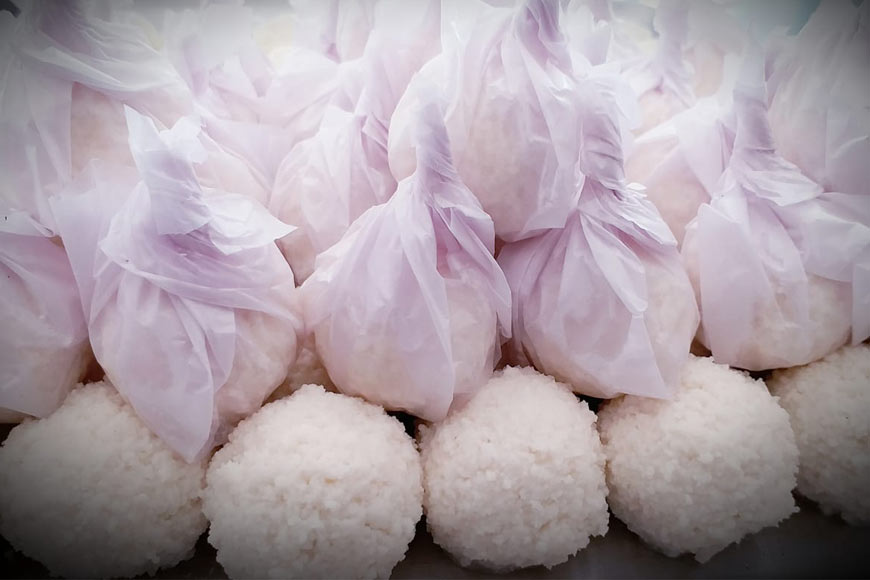
As the Hooghly River meanders its way to the Bay of Bengal, its west bank takes a unique crescent moon shape between the waterfront towns of Chinsurah and Chandannagar, once bastions of Dutch and French colonial rule respectively. Caught by the picturesque view of the twin towns, the Jorasanko Tagore family frequently visited and stayed here to spend their holidays and rejuvenate their tired souls, away from business and the exasperating multitude of Calcutta. Between 1820 and the 1930s, their frequent visits to Chandannagar left an indelible mark in the annals of history.
It all started much earlier though when in 1828, Annadaprasad Bandyopadhay, the landlord (Zamindar) of Telenipara, Chandernagore, set up a branch of ‘Brahmo Samaj’ at Chandernagore and invited Raja Rammohun Roy, Kalinath Raychowdhury and Prince Dwarakanath Tagore to visit ‘Lalkuthi,’ Bandyopadhay’s residence at Hatkhola, Chandernagore and the trio obliged.
Gradually Dwarakanath and Annadaprasad became family friends and the friendship continued for generations. Rammohun Roy left for England soon after in 1830 and died there. He did not arrange for the future leadership of the newly-formed Brahmo Samaj and without a leader, the movement was in disarray. In 1843, Debendranath Tagore formally joined the Brahmo Samaj and he steered the movement and kept the flag of the Samaj flying.
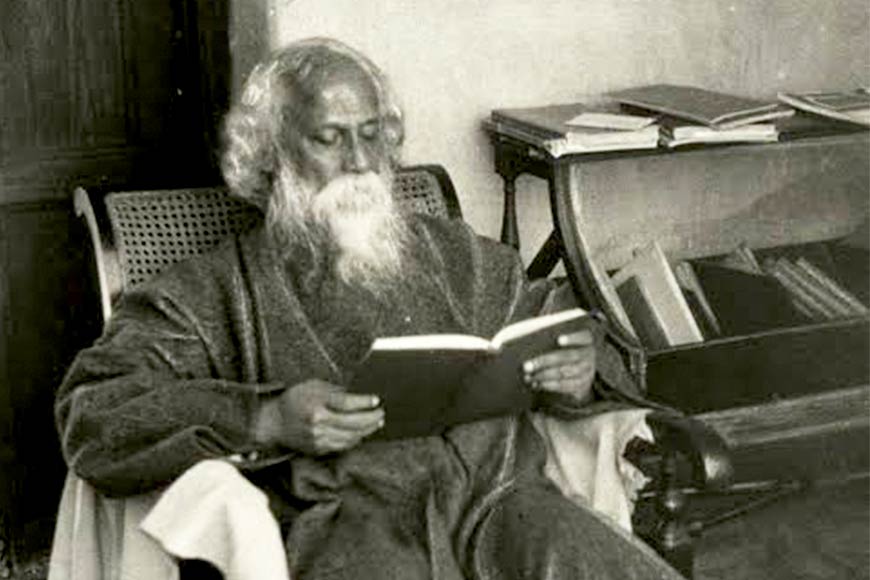
Debendranath developed a close relationship with Annadaprasad’s sons, Satyadayal and Satyaprasanno. Debendranath often rented ‘Riverview,’ Satyaprasanno’s house on the banks of the Ganga River, in the Hatkhola locality of Chandernagore. This house is mentioned as the garden house of the Banerjees in the official documents of Jorasanko. He came and stayed here thrice: in January-February 1878, April-May 1879, and December 1884 to March 1885, the last visit being the longest and most eventful as well. During his stay, family members and friends visited Maharshi at Riverview.
Jyotirindranath was closely associated with the administrative work of Braho Samaj and frequently visited Chandannagar to dispense his duties. Rabindranath often accompanied his elder brother on these tours. In fact, Rabindranath was very fond of Chandannagore and despite his vast experience of travelling to different parts of the world, he could never get over his fascination for Moran Sahib's Garden House at Farashdanga near the southern border of the Ganga. It is widely believed that Rabindranath’s first visit to Chandannagore was when he was just a young boy. He used to spend time with Jyoti Dada on a houseboat on the Ganga. Jyotirindranath along with his wife Kadambari Devi (Notun Bouthan) and Rabindranath came to live in Moran Sahib's Garden house for days at a stretch frequently. The picturesque bungalow on the banks of the river was surrounded by ‘Bokul’ trees. Rabindranath often spoke fondly about this garden house and while describing his early life in 'Chhelebela', he wrote, "…After a few days, we left the earlier house and shifted to Mr. Moran's Garden House. It can be described as a palace with large rooms at different levels with exquisite stained-glass windows, marble floors, and steps leading up to a long balcony from the Ganges. I often felt like a soul possessed to sit there all night, staring at the darkness outside." The peaceful environment and the ethereal beauty of the surrounding had a deep and life-long impact on him. He started writing 'Sandhya Sangeet' here and also penned his first published novel, 'Bou Thakuranir Haat' here. The Moran House was demolished during Rabindranath’s lifetime for setting up a jute mill.
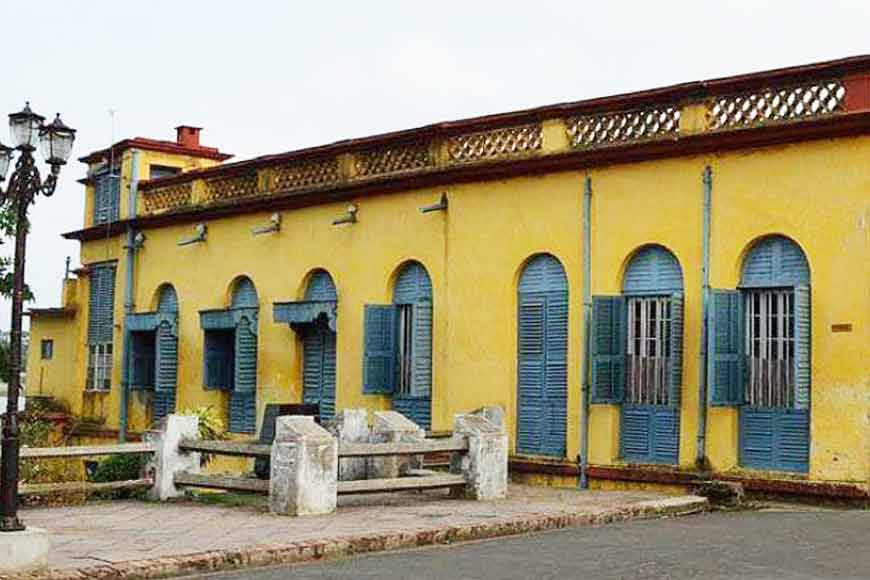
Rabindranath’s name is also associated with another iconic architectural marvel of Chandannagar, ‘Patalbari’ (underground house). Situated at the very end of the Strand, the Patalbari is a unique mansion on the riverfront surrounded by trees and a vast garden. This 150-year-old French mansion originally served as a rest house of the French Navy. The lowest floor of the house is submerged under the Hooghly River almost down to the riverbed, thus having a unique construction and making it a one-of-its-kind building in Chandannagar. The house was bought by the landlords of Bansberia and then changed hands and currently belongs to the Khans of Mankundu who bought it about 70 years ago. Patalbari’s history has seen its share of freedom fighters, writers, and poets, including Ishwar Chandra Vidyasagar and Rabindranath who integrated Patalbari into many of his stories as well.
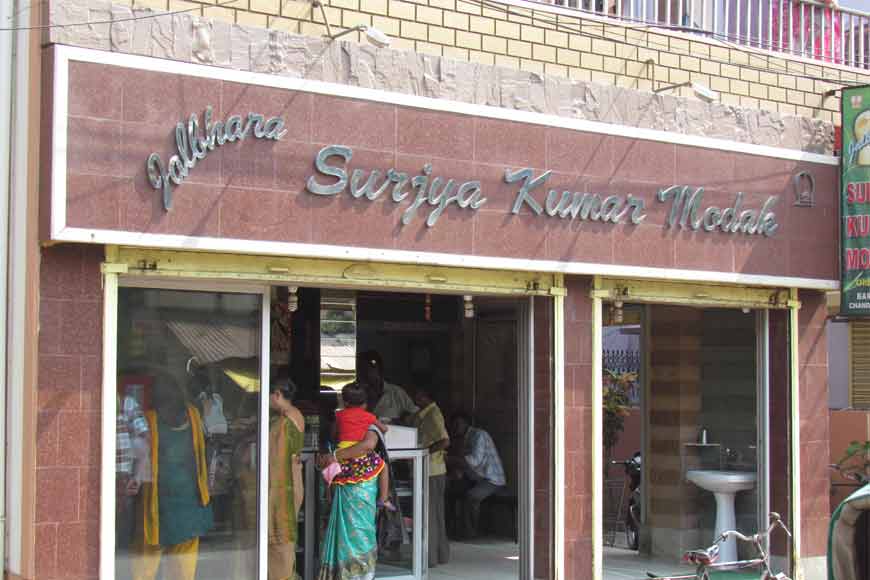
It is well known that Rabindranath was a gourmet and admired niche recipes and good food. During his stay in Chandannagar, he also had his brush with the colonial town’s delectable Surjya Kumar Modak’s confectionary. Rabindranath had a sweet tooth and was fond of fresh sweets delivered to their residence at Chandannagar from Modak’s shop. He even christened one particular Sandesh that he was very fond of. He called it ‘Motichur Sandesh,’ a grainy round sandesh that is juicy inside, soft, flavorful, and very tasty. This sandesh is soft and when squeezed lightly, it mashes and looks like crushed pearls (mukta) when held in the palm. Rabindranath left no stones unturned while singing paean about Motichur Sandesh. He would say, the flavour of the Sandesh remained in the mouth for as long as one chewed it slowly.
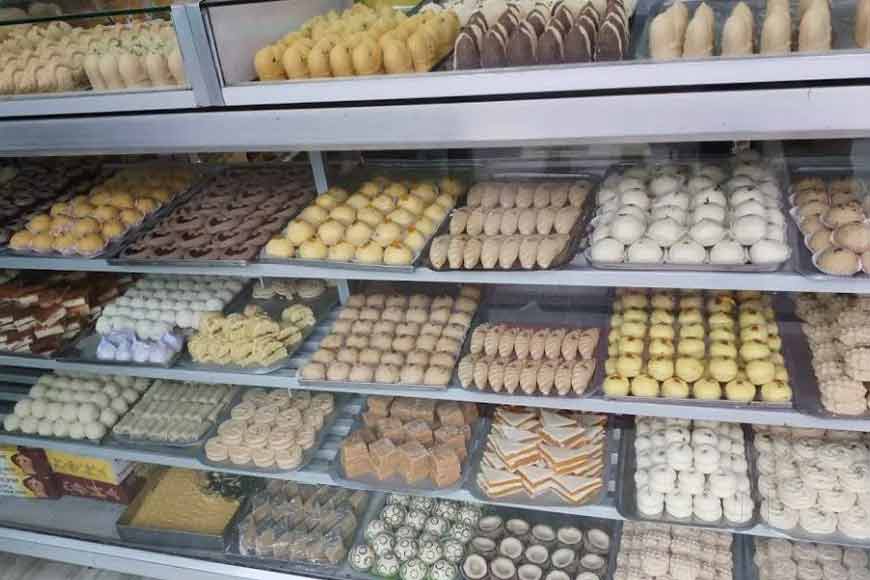
After five generations, the present generation of the shop that has grown on a staple diet of this history, is nonetheless eager to maintain the standard. The owners continue to hold the tradition of offering some of the finest sweetmeats in the country and maintain the quality of the products. Following tradition, the best quality milk is procured to prepare Motichur Sandesh, the pride of Chandannagar. The legacy continues as does the halo and invisible presence of Rabindranath that seems to ensconce the beautiful French colonial town.










